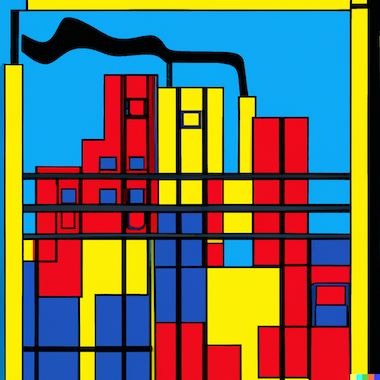Decomposing the Temporal Signature of Nitrogen Dioxide Declines during the COVID-19 Pandemic in UK Urban Areas
Applied Spatial Analysis and Policy, 2022
Calafiore, Alessia, Jacob L. Macdonald, and Alex Singleton. (2022). "Decomposing the Temporal Signature of Nitrogen Dioxide Declines during the COVID-19 Pandemic in UK Urban Areas." Applied Spatial Analysis and Policy
https://doi.org/10.1007/s12061-022-09438-2

Abstract
On March 23, 2020, a national lockdown was imposed in the UK to limit interpersonal contact and the spread of COVID-19. Human mobility patterns were drastically adjusted as individuals complied with stay-at-home orders, changed their working patterns, and moved increasingly in the proximity of their home. Such behavioural changes brought about many spillover impacts, among which the sharp and immediate reduction in the concentration of nitrogen-based pollutants throughout the country.
This work explores the extent to which urban Nitrogen Dioxide (NO2) concentration responds to changes in human behaviour, in particular human mobility patterns and commuting. We model the dynamic and responsive change in NO2 concentration in the period directly following national lockdown and respective opening orders. Using the national urban air quality monitoring network we generate a synthetic NO2 concentration series built from a time series of historic data to compare expected modelled trends to the actual observed patterns in 2020. A series of pre- and post-estimators are modelled to understand the scale of concentration responsiveness to human activity and varying ability of areas across the UK to comply with the lockdown closing and response to openings. Specifically, these are linked to workday commuting times and observed patterns of human mobility change obtained from Google mobility reports.
We find a strong and robust co-movement of air pollution concentration and work-related mobility - concentrations of NO2 during typical weekday commuting hours saw a higher relative drop, moving in tandem with patterns of human mobility around workplaces over the course of lockdowns and openings. While NO2 concentrations remained relatively low around the time of reopening, particularly during commuting hours, there is a relatively fast responsiveness rate to concentrations increasing quickly in line with human activity. With one of the key Government advice for workers to take staggered transportation into work and lessen the burden of rush hours and adopting more flexible work-home arrangements, our results would suggest that reductions in NO2 in urban areas are particularly responsive to broader human patterns and dynamics over time as we transitioned towards new working routines.
